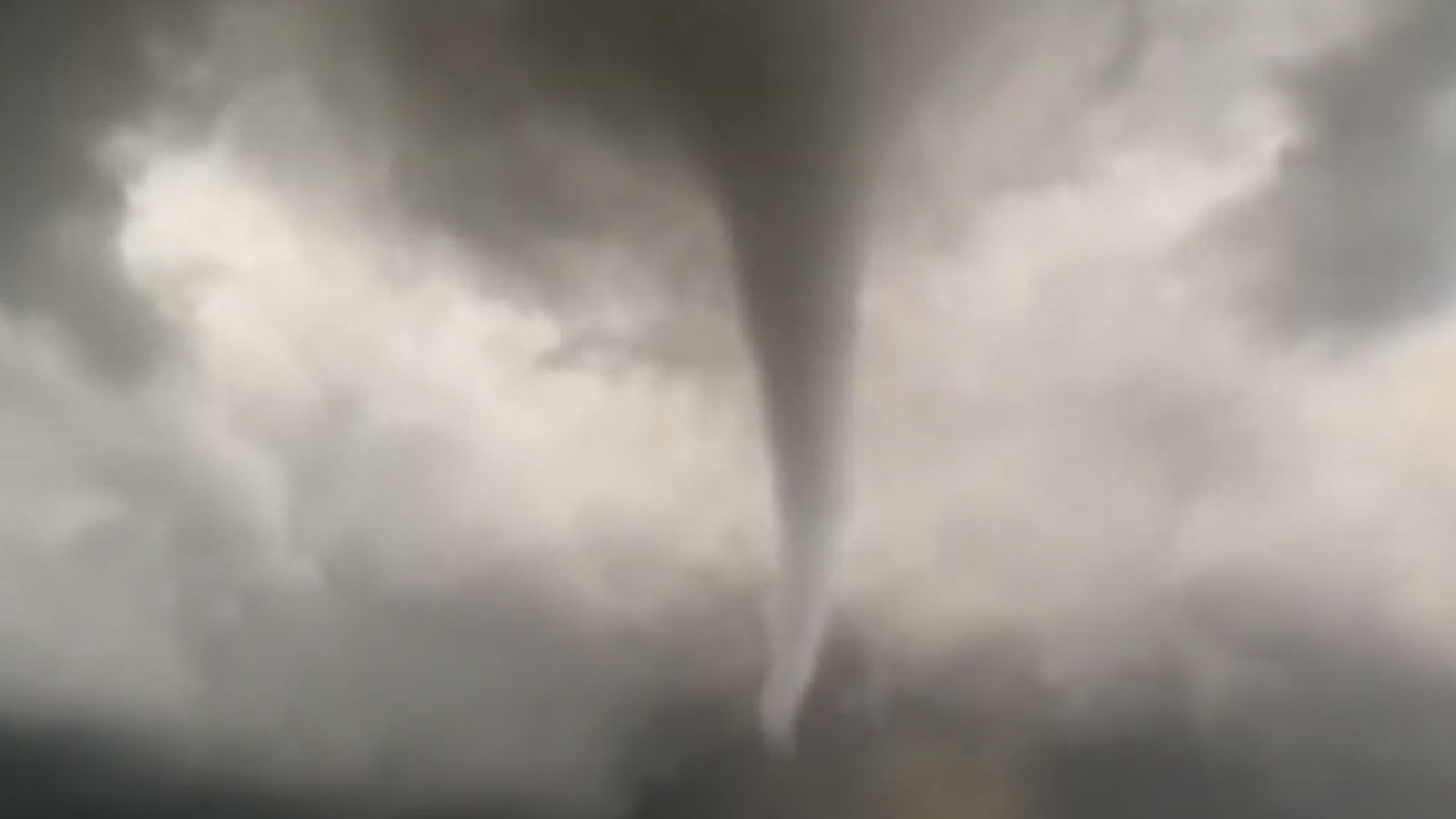Weather and climate experts cited in this month’s Yale Climate Connections video weigh in on the knowns, unknowns, and uncertainties involving the relationship of tornadoes and climate change.
From academic researchers comes a shared view that tornado outbreaks, intensity, timing, and location are not easily resolved in climate models. But they generally agree that tornadoes appear to be occurring more eastward and somewhat north of long-time tornado hotspot states such as Texas, Oklahoma, and Kansas. Midwestern parts of the U.S. – including states such as Alabama, Arkansas, Mississippi, and Missouri – are attracting more than their usual share of tornadoes. And the May 20 tornado that hit hard the Michigan town of Gaylord, about 230 miles northwest of Detroit, is but one recent reference point.
Gaylord’s Mayor, Todd Sharrard, says tornadoes used to be viewed by those in upper Michigan primarily through photographs and on television. “Not in our backyard,” he remarked after that Gaylord tornado.
Washington Post weather editor Jason Samenow says some of the difficulties in showing connections between tornadoes and climate change are a function of having high-quality data only over the past couple of decades, with the arrival of doppler and with more sophisticated storm chasing. But “more heat and more humidity farther to the north,” Yale Climate Connections meteorologist Jeff Masters tells video producer Peter Sinclair, means “more severe weather.” And “in locations and at times of the year that we’re not used to seeing them.”
WFLA Chief Meteorologist Jeff Berardelli points to some important sociological factors: In areas only recently finding themselves facing tornadoes, residents are “less prepared” to plan in advance and to manage resulting risks. Plus, these new tornado locations generally have far more trees than states in the Midwest, boosting risks of power outages and damages from fallen trees … and frame buildings as opposed to more tornado-resilient structures in, for instance, parts of Oklahoma.
Source link



